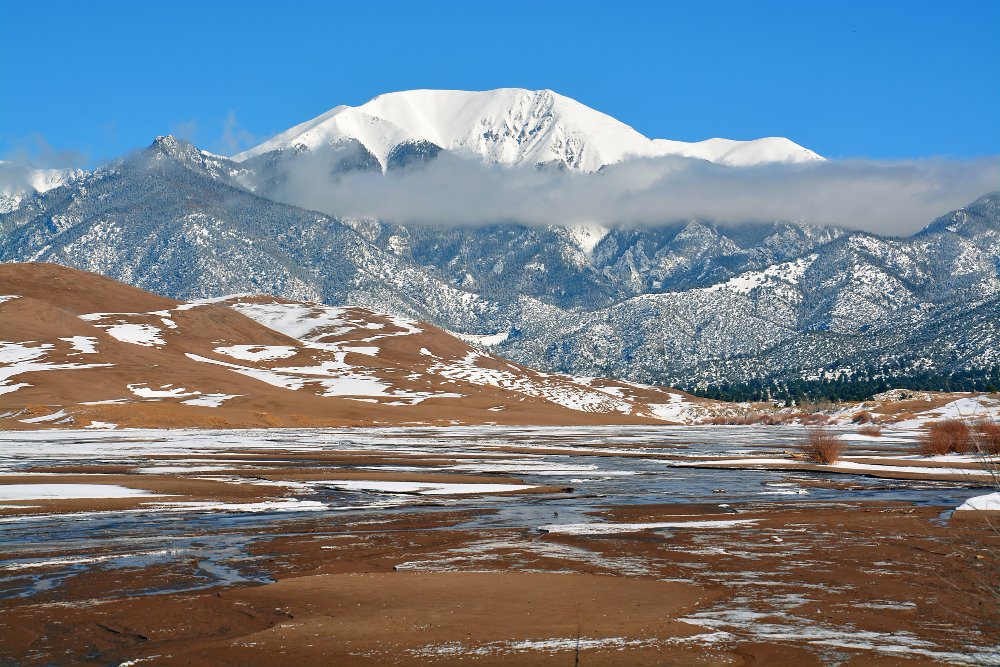Introduction
Jammu and Kashmir, located in the northernmost part of India, is a region known for its breathtaking natural beauty and diverse cultural heritage. This article aims to provide an in-depth exploration of the geography of Jammu and Kashmir, highlighting its physical features, climate, wildlife, and tourism potential.
1. Overview of Jammu and Kashmir
Jammu and Kashmir is a union territory in northern India, bordered by Himachal Pradesh and Punjab to the south. It is divided into three regions: Jammu, Kashmir, and Ladakh. The region has a rich historical and cultural heritage, attracting tourists from all over the world.
2. Physical Features
– Himalayan Range
Jammu and Kashmir is nestled in the lap of the majestic Himalayas, one of the world’s most renowned mountain ranges. It is home to several towering peaks, including K2, the second-highest peak in the world. The Himalayas provide a stunning backdrop to the region’s landscape, offering breathtaking views and opportunities for adventure tourism.
– Pir Panjal Range
The Pir Panjal Range, located in the western part of Jammu and Kashmir, is a sub-range of the Himalayas. It separates the Kashmir Valley from the outer plains. The Pir Panjal Range is known for its scenic beauty, lush green meadows, and picturesque valleys.
– Plains and Plateaus
Jammu, the southernmost region of Jammu and Kashmir, consists mainly of plains and plateaus. The fertile plains along the banks of the Chenab and Tawi rivers support agricultural activities and contribute to the region’s economy.
3. Rivers and Lakes
– Jhelum River
The Jhelum River, also known as Vitasta, flows through the Kashmir Valley and is one of the major rivers in Jammu and Kashmir. It not only adds to the beauty of the landscape but also holds great historical and cultural significance.
– Indus River
The mighty Indus River, originating in Tibet, flows through the region, providing water for irrigation and supporting the local ecosystem. It is one of the longest rivers in Asia and a lifeline for the people of Jammu and Kashmir.
– Dal Lake
Dal Lake, located in Srinagar, the summer capital of Jammu and Kashmir, is a picturesque water body famous for its floating gardens, houseboats, and shikaras (traditional Kashmiri boats). It is a major tourist attraction and an integral part of the region’s identity.
4. Climate
Jammu and Kashmir experiences a diverse climate due to its varying topography. The region’s climate ranges from subtropical in the plains to alpine in the higher altitudes. Summers are pleasant, with temperatures ranging from 20°C to 35°C, while winters can be cold, with temperatures dropping below freezing point in many areas.
5. Flora and Fauna
Jammu and Kashmir boast a rich and diverse range of flora and fauna. The region is home to several national parks and wildlife sanctuaries, providing a habitat for various species. The iconic Kashmiri stag, popularly known as the hangul, is one of the endangered species found in the region.
6. Tourism in Jammu and Kashmir
Jammu and Kashmir is a paradise for tourists, offering a wide range of attractions and experiences. Here are some popular tourist destinations in the region:
– Srinagar
Srinagar, the capital city of Jammu and Kashmir, is known for its serene Dal Lake, Mughal gardens, and historic landmarks like the Shankaracharya Temple. Visitors can enjoy a shikara ride on the Dal Lake and explore the vibrant local markets.
– Gulmarg
Gulmarg, located in the Pir Panjal Range, is a famous hill station renowned for its scenic beauty and adventure sports. It offers opportunities for skiing, snowboarding, and golfing, making it a popular destination for adventure enthusiasts.
– Pahalgam
Pahalgam, often referred to as the “Valley of Shepherds,” is a picturesque town nestled amidst lush green meadows, gushing rivers, and snow-capped mountains. It serves as a base camp for the annual Amarnath Yatra pilgrimage.
– Leh-Ladakh
Leh-Ladakh, situated in the eastern part of Jammu and Kashmir, is a high-altitude desert region known for its rugged terrain, ancient monasteries, and pristine lakes. It offers breathtaking landscapes and is a haven for adventure seekers.
– Vaishno Devi
Vaishno Devi, located in the Trikuta Mountains, is a revered pilgrimage site dedicated to Goddess Vaishno Devi. It attracts millions of devotees every year who undertake a challenging trek to seek blessings.
7. Conclusion
The geography of Jammu and Kashmir is a perfect blend of awe-inspiring natural beauty, diverse landscapes, and cultural richness. From the majestic Himalayas to the serene lakes and vibrant valleys, the region offers a plethora of experiences for tourists. Whether you are seeking adventure, tranquility, or spiritual enlightenment, Jammu and Kashmir has something for everyone.








